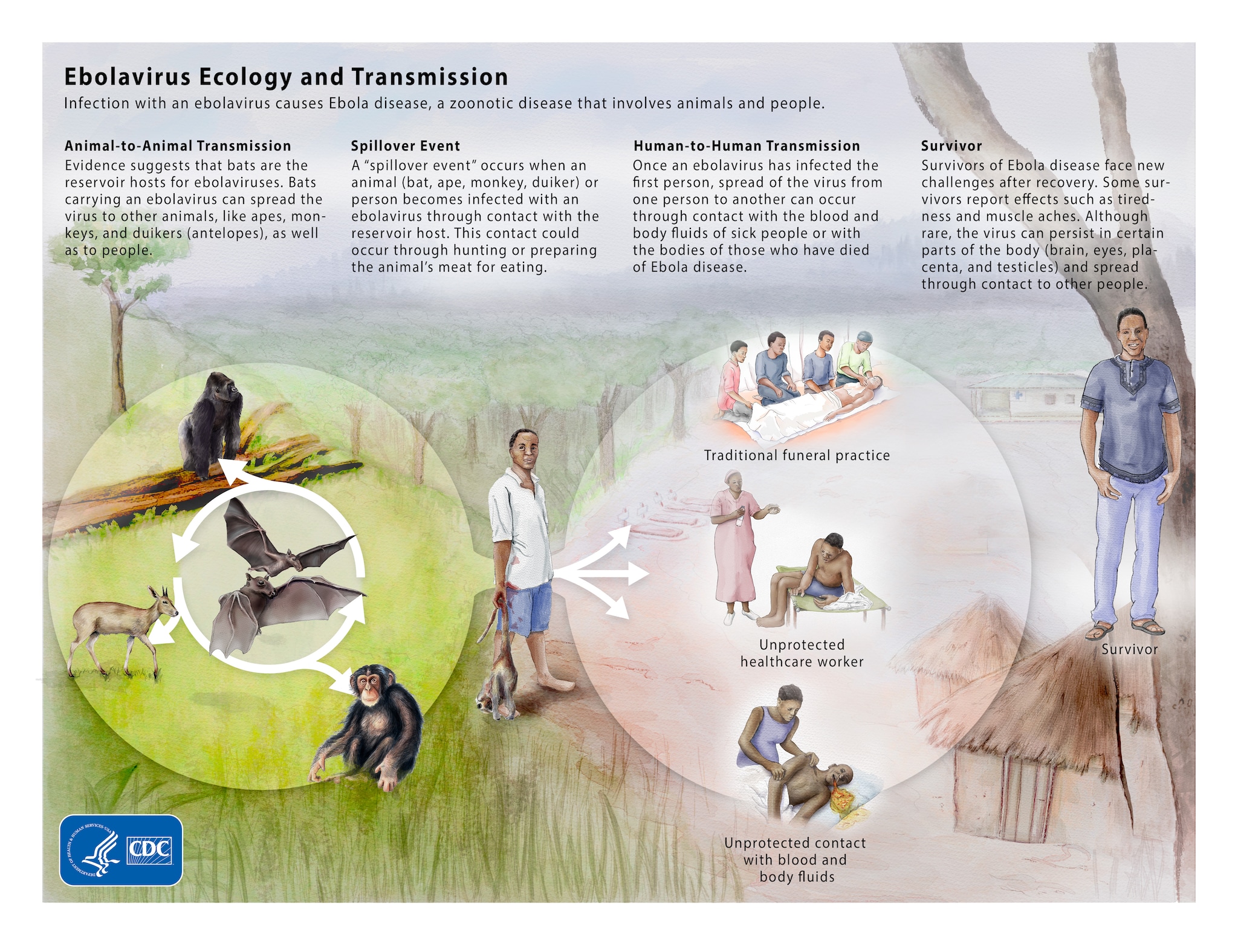

These same prevention methods apply when living in or traveling to an area affected by an Ebola outbreak. Items that may have come in contact with an infected person’s blood or body fluids (such as clothes, bedding, needles, and medical equipment).įuneral or burial rituals that require handling the body of someone who died from EVD.Ĭontact with bats and nonhuman primates or blood, fluids, and raw meat prepared from these animals (bushmeat) or meat from an unknown source.Ĭontact with semen from a man who had EVD until you know the virus is gone from the semen. While in an area affected by Ebola, it is important to avoid the following:Ĭontact with blood and body fluids (such as urine, feces, saliva, sweat, vomit, breast milk, semen, and vaginal fluids). Proper hand hygiene means washing hands often with soap and water or an alcohol-based hand sanitizer. Practicing good hand hygiene is an effective method of preventing the spread of dangerous germs, like the Ebola virus. When living in or traveling to a region where the Ebola virus is more commonly found, there are many ways to protect yourself and prevent the spread of EVD. In other parts of the world, especially in sub-Saharan Africa, the Ebola virus is more common (endemic). In the United States, EVD is a very rare disease. It is not known if people who recover are immune for life or if they can later become infected with a different species of Ebola virus. Some survivors may have long-term complications, such as joint and vision problems. Recovery from EVD depends on good supportive clinical care and the patient’s immune response. EVD is a rare but severe and often deadly disease. Many common illnesses can have these same symptoms, including influenza (flu) or malaria. Symptoms may appear anywhere from 2 to 21 days after contact with the virus, with an average of 8 to 10 days. Symptoms of impaired liver or kidney function It is not typically transmitted by food, except through handling or consumption of contaminated bush meat (wild animals hunted for food).ĮVD is a severe acute illness, usually with sudden onset of: The Ebola virus CANNOT spread to others if there are no signs or symptoms of EVD. This can occur after preparing the body for burial and other related activities. The risk of transmission is also high at death through unprotected contact with the body of the deceased. The risk of transmission is highest during the late stages of the illness when the infected person has very high levels of the virus in their body and is vomiting, having diarrhea, or hemorrhaging. Semen from a man who recovered from EVD through oral, vaginal, or anal sex Objects contaminated with the virus (e.g., surfaces, bedding, needles, syringes) Once infection occurs in humans, Ebola spreads through direct contact (through broken skin, mucous membranes -eyes, nose, mouth, etc.) with:īlood or body fluids (including but not limited to urine, saliva, sweat, feces, vomit, breast milk, and semen) of a person who is sick with or has died from Ebola Ebola enters humans through close contact with the blood, secretions, organs, or other bodily fluids of infected animals such as chimpanzees, gorillas, fruit bats, monkeys, forest antelope, and porcupines found ill or dead. Fruit bats of the Pteropodidae family may be natural Ebola virus hosts. Only four of the identified species cause disease in humans (Zaire, Sudan, Taï Forest, and Bundibugyo).Įbola has been found in certain mammals (primates, bats) in Africa. The infectious agent of Ebola Virus Disease (EVD) is Ebolavirus, part of the virus family Filoviridae. Health Care Information Collection (THCIC).National Electronic Disease Surveillance System (NEDSS).Emergency Medical Services (EMS) Licensure.Asbestos Hazard Emergency Response Act (AHERA).

Food Manufacturers, Wholesalers, and Warehouses.Resources for Cancer Patients, Caregivers and Families.Cancer Resources for Health Professionals.Texas Comprehensive Cancer Control Program.



 0 kommentar(er)
0 kommentar(er)
